Pine needle soil
In autumn, every time you pass by the park, you will see a layer of pine needles on the ground. They have good air permeability, are acidic, have a lot of organic matter, and have certain insect and disease prevention effects. It is excellent to raise meat, orchids, Chlorophytum, camellia and jasmine
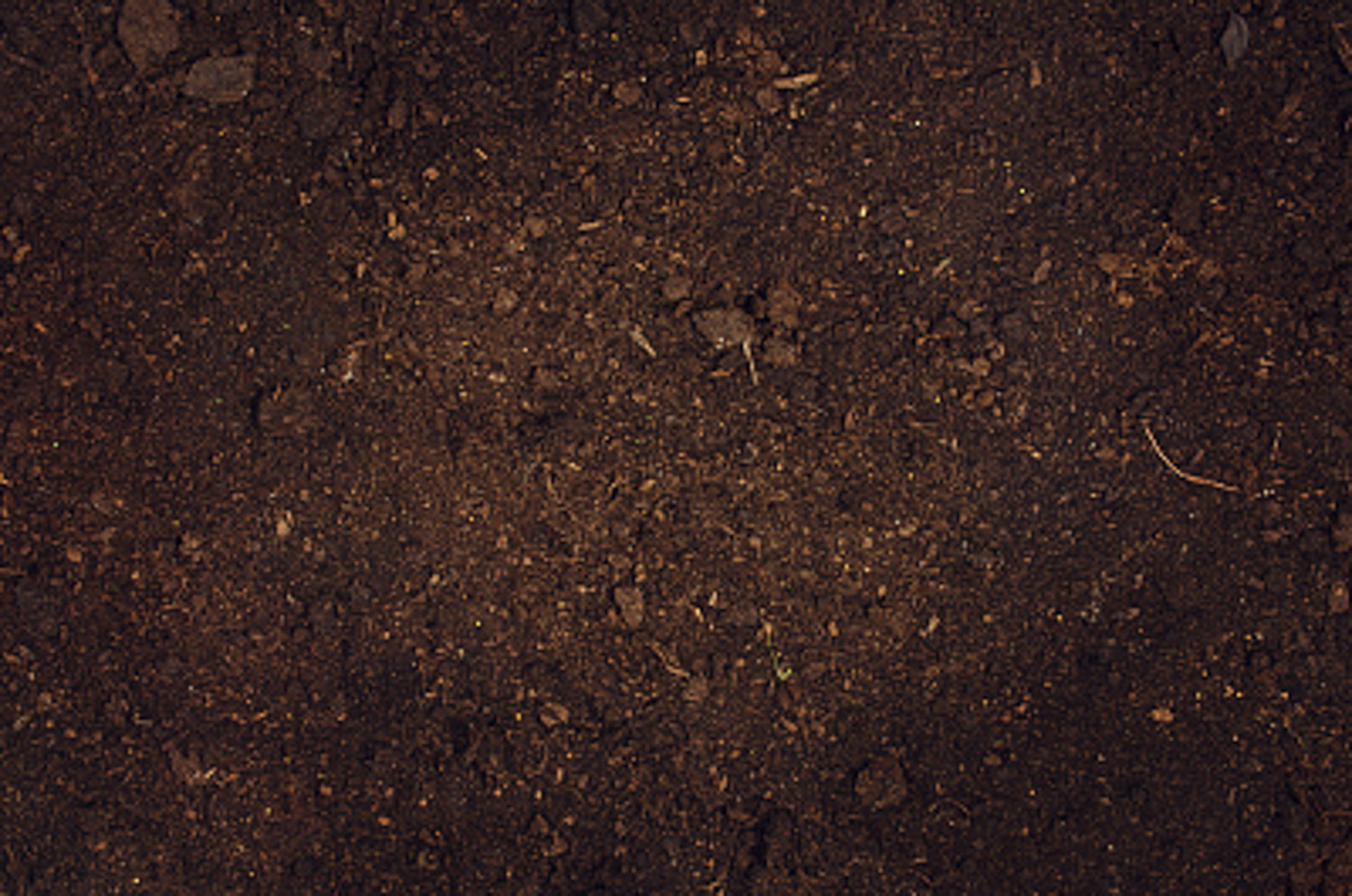
Manufacturing steps
1. Collect the black and brown pine needles falling from the tree. The more crisp, the better. Don't turn green
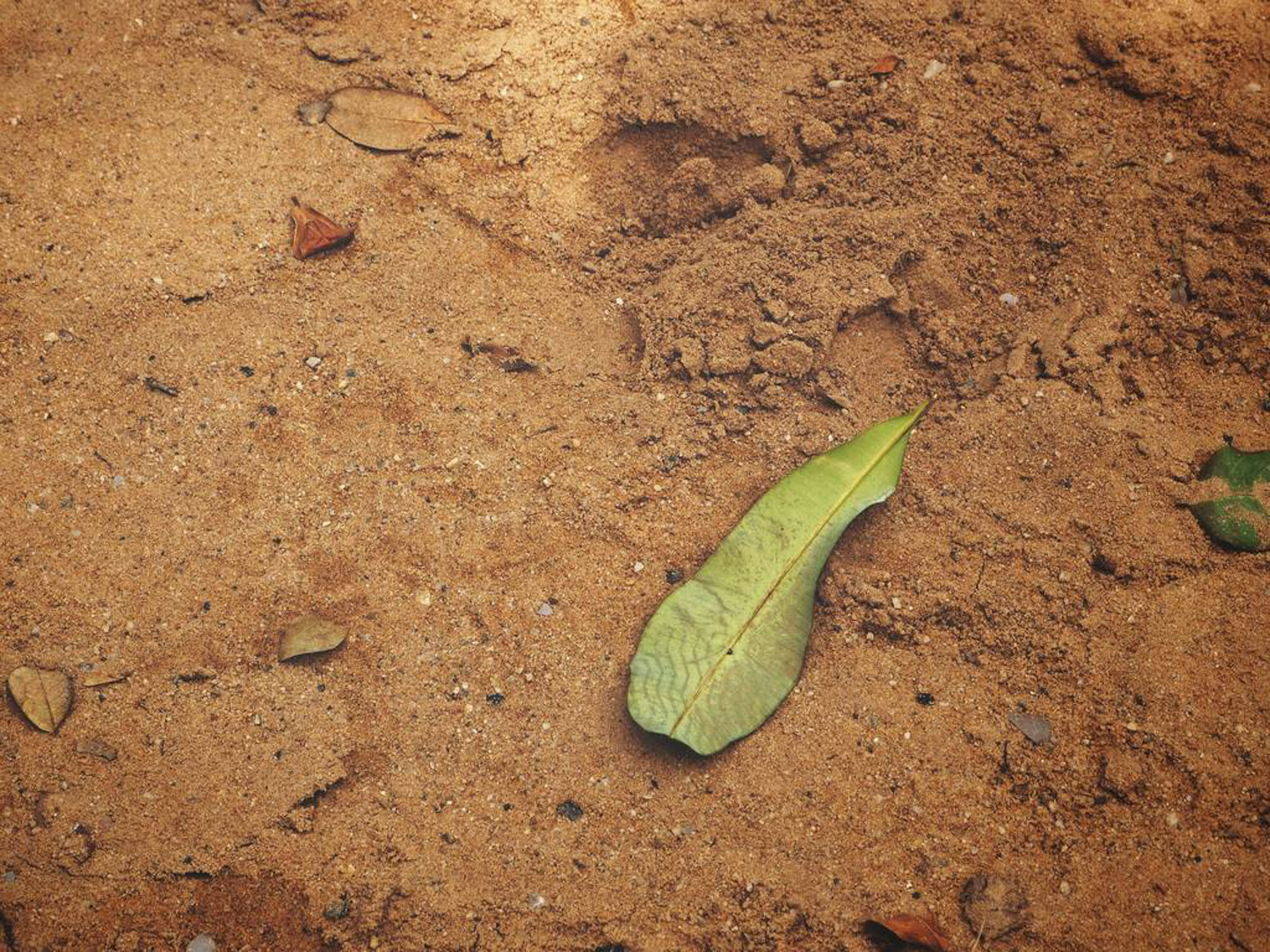
2. Put the collected pine needles in the sun for about 3 days and break them as much as possible
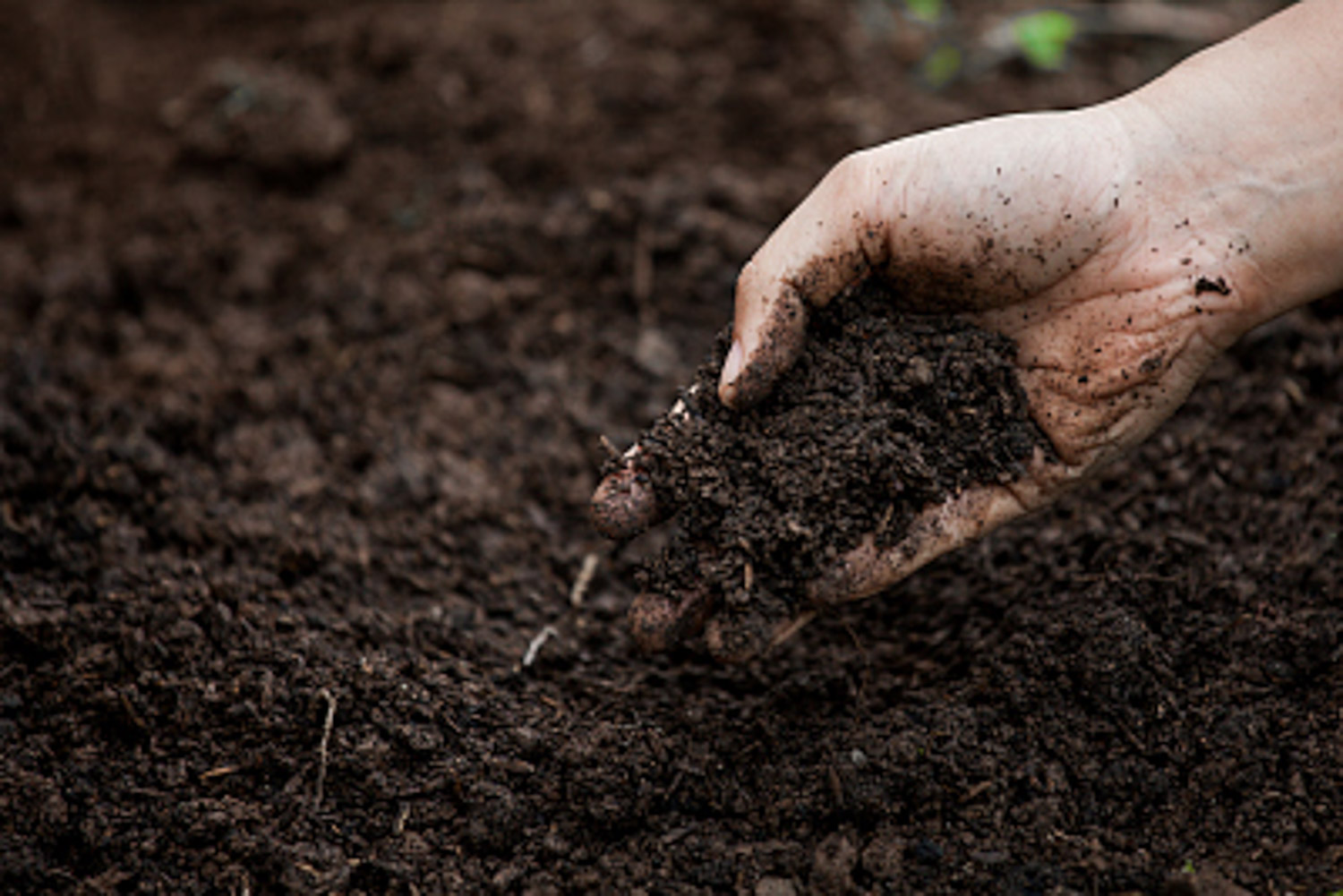
3. Mix the broken pine needles and garden soil in the proportion of pine needles: garden soil = 1:1 or 1:2
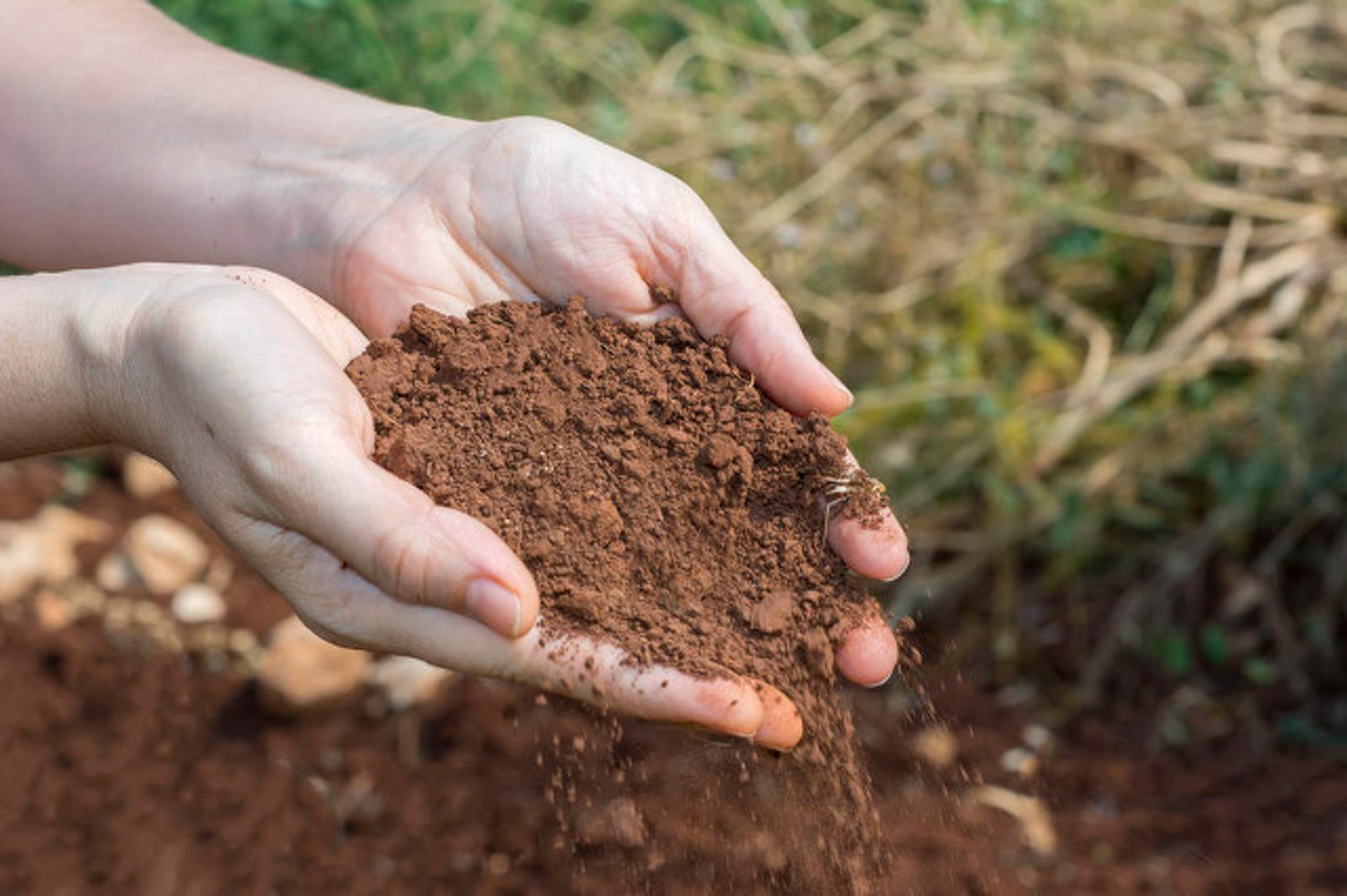
4. Put the mixed pine needles and garden soil into a large plastic bag, water it, make the pine needles and soil slightly wet, and seal it
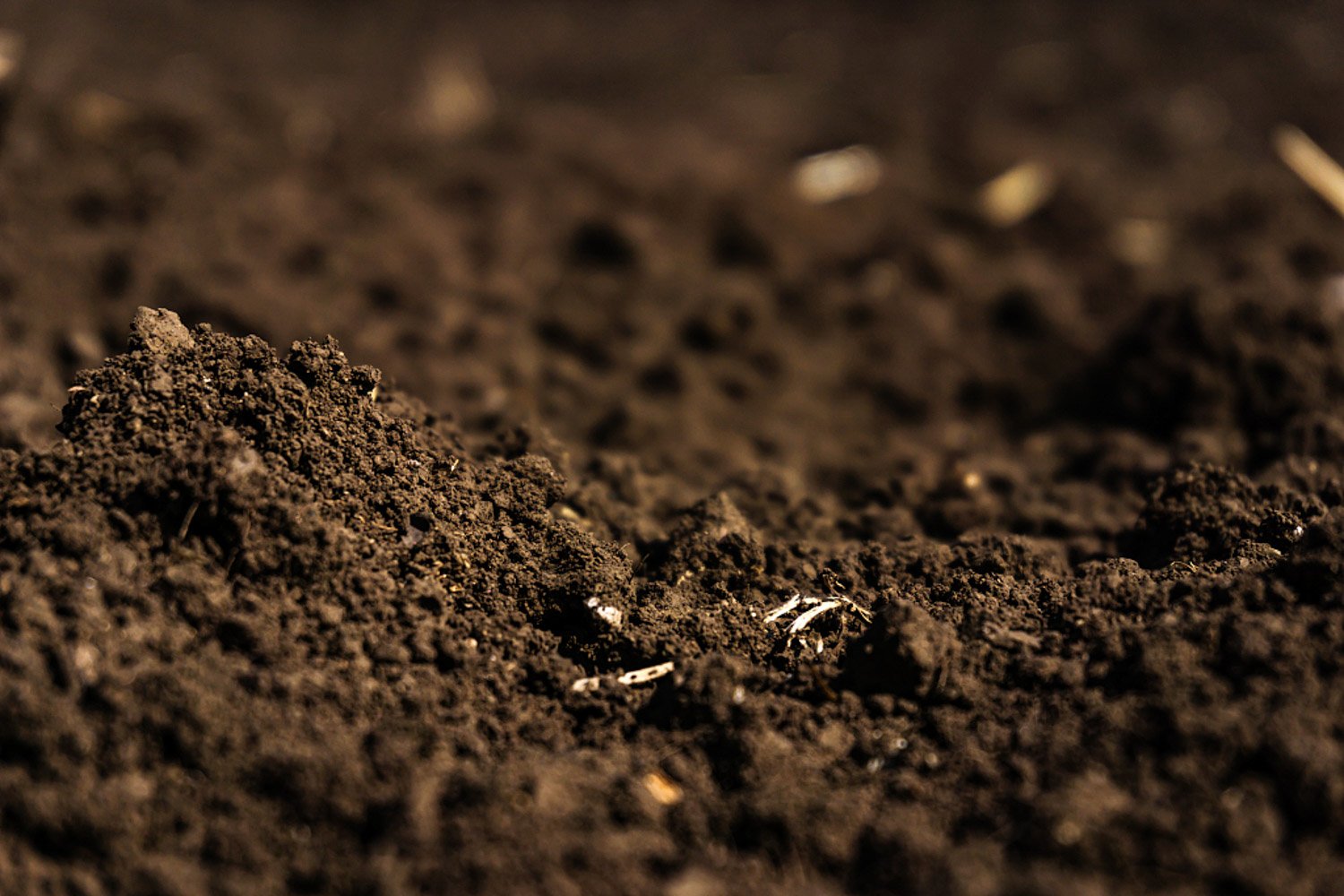
5. Put the bag full of soil and pine needles in a place with high temperature, expose to the sun, and stir more during the period. It will take about 3 months
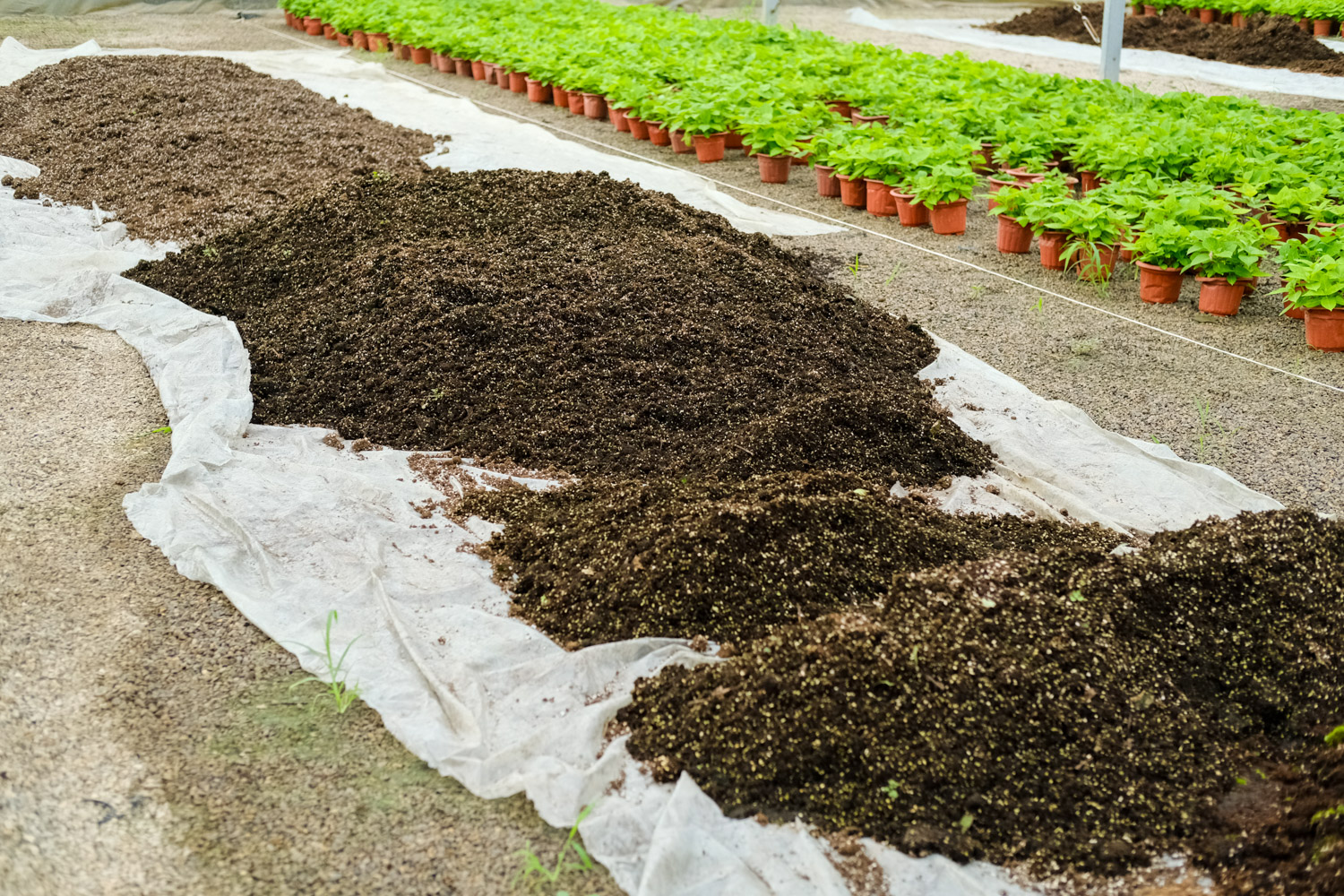
Earthworm soil
After the rain, there will always be some small winding mounds on the roadside and in the green belt, which is earthworm soil. Earthworm soil is earthworm feces. It is rich in nitrogen, phosphorus and potassium, rich humus, and has first-class drainage and air permeability. It is used to raise flowers without fertilizer all year round, and the flowers are blooming and leafy, which is especially easy
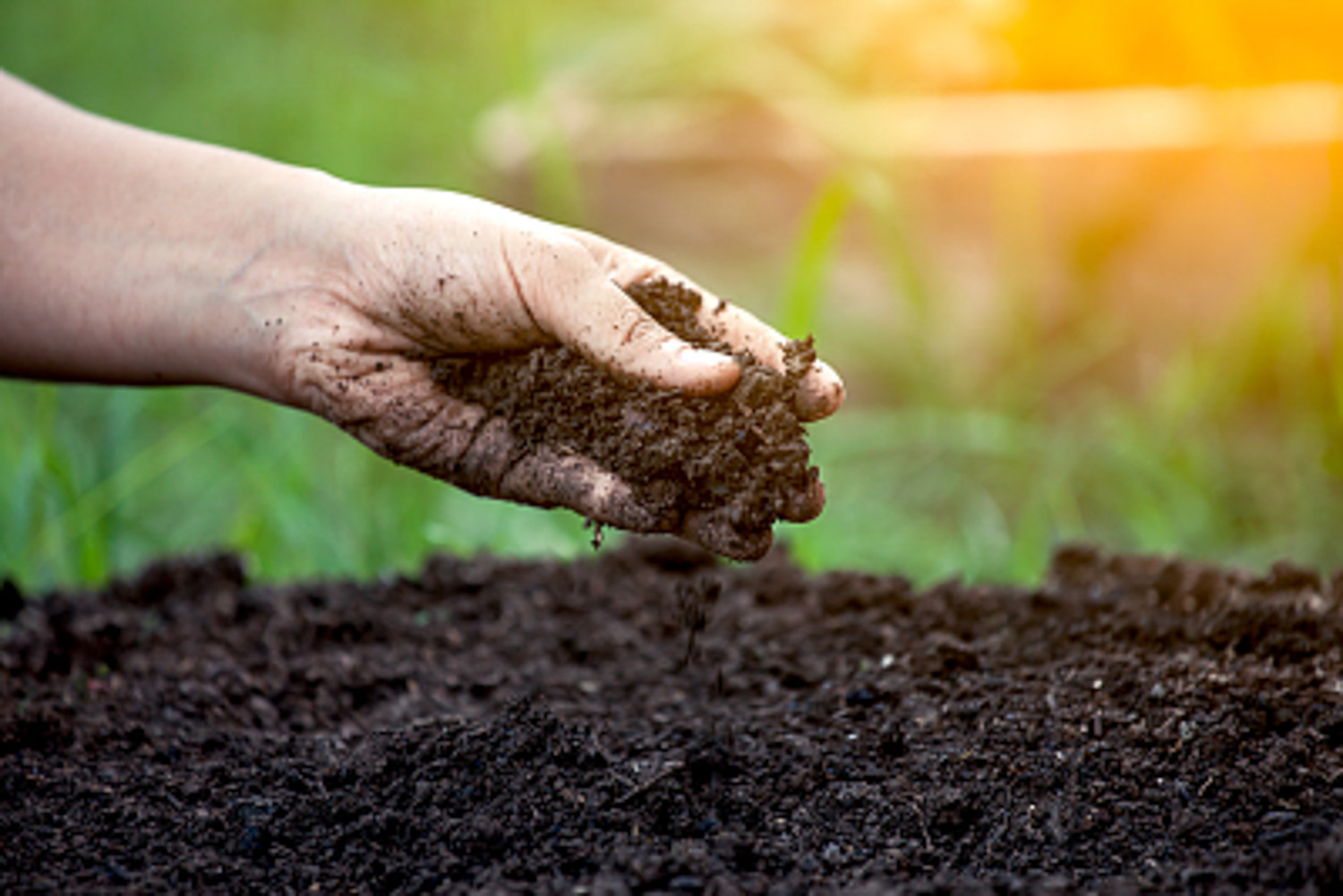
Manufacturing steps
1. Go to the green belt or field to collect earthworm soil and take it home to dry
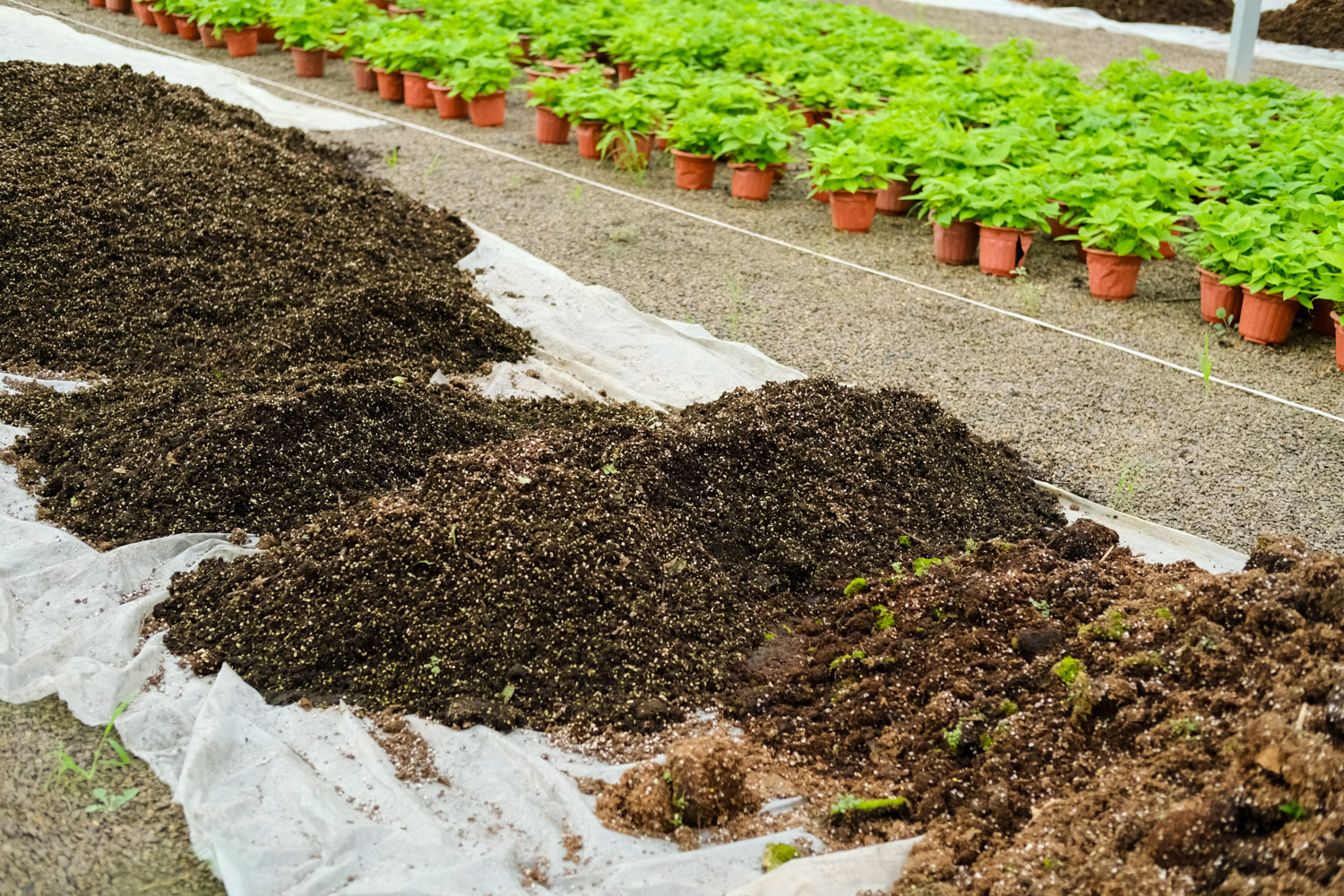
2. Crush or crush the dried earthworm soil into small particles
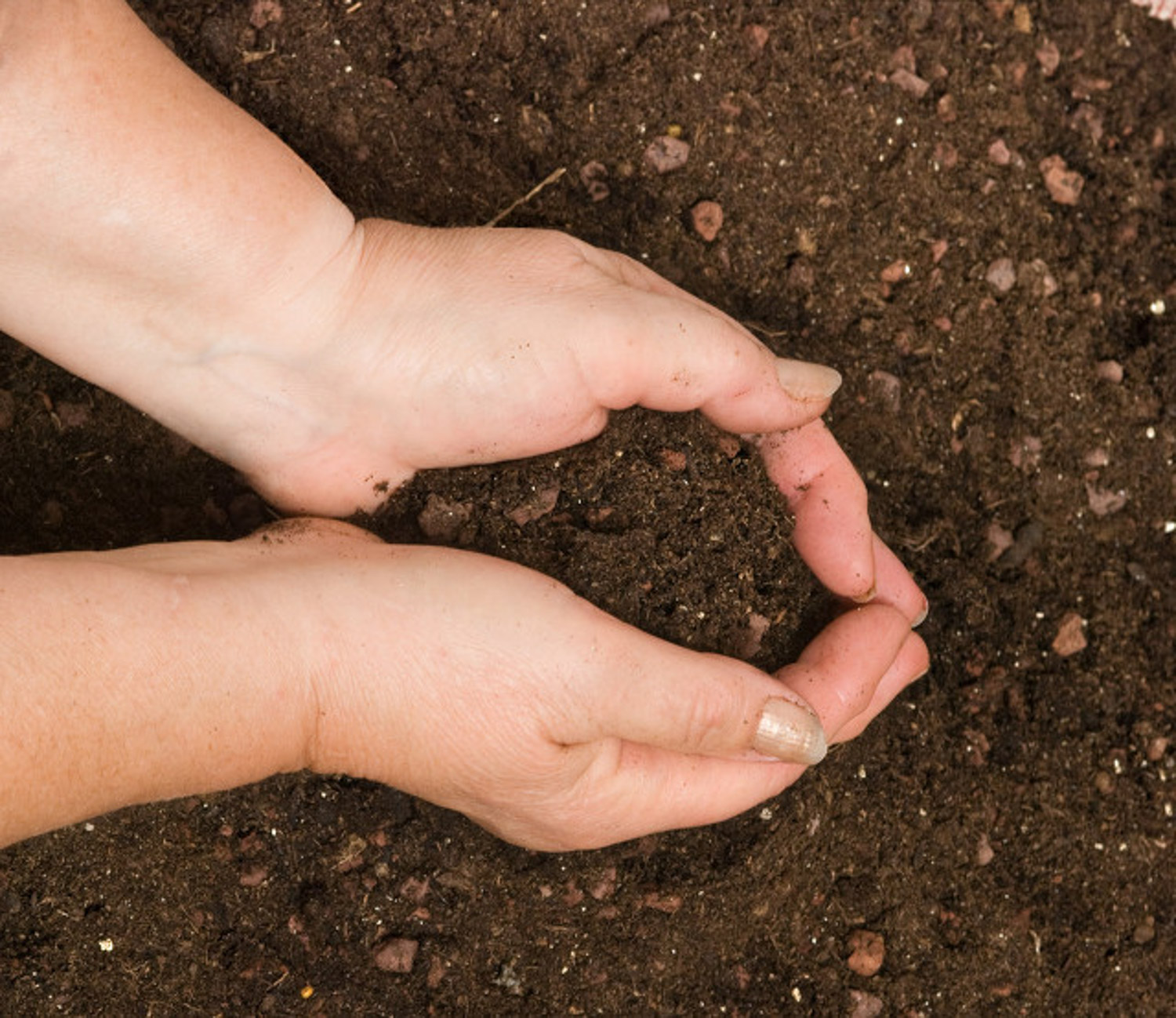
3. Prepare new soil according to the ratio of earthworm soil: Garden soil-1:1 or 1:2. Of course, pure earthworm soil can also be used

4. Flowers raised in earthworm soil grow faster than ordinary soil, and do not need fertilization for 1-2 years. They have strong fertility and do not burn flowers at all

5. Of course, if you are raising flowers outdoors, you can directly catch a few earthworms and put them in the basin to help us loosen and improve the soil

Saprophytic soil
When autumn comes, the fallen leaves all over the street are actually good flower fertilizer. You can pick some home and use them to improve the old soil and make it into rotten leaf soil, which is loose, breathable and nutritious. It's not worse than the bought soil

Manufacturing steps
1. Collecting leaves, Wutong, Cinnamomum camphora, maple leaf and other trees are relatively large, and most suitable for making rotten leaf soil. When collecting, the darker the color of fallen leaves, the higher the degree of corruption, the better

2. Cut or crush the collected leaves with scissors. The more broken, the better. Then scald the chopped or crushed leaves with 100 degree boiling water to kill some bacteria and insect eggs

3. Prepare to change pots of old soil, or ordinary garden soil

4. Find a large and deep plastic bucket or storage box, and lay a layer of old soil or garden soil at the bottom, with a thickness of about 10cm

5. Then put a layer of broken leaves with a thickness of 5-8 cm. Don't press the fallen leaves too tightly. Pour a little water on the leaves to ensure that they are moist and breathable, and they will ripen faster

6. Lay another layer of old soil or garden soil on the fallen leaves, and then lay another layer of rotten leaf soil. Repeat this cycle until the whole plastic bucket is filled

7. Note that the last layer must be paved with dry soil, not broken leaves, and the thickness of the soil should be more than 5cm, and the number of leaf layers paved in the whole plastic bucket should not exceed 4, otherwise it cannot be fully decomposed and fermented

8. With plastic bags, put the mask on the bucket and leave a gap. It doesn't need to be completely sealed. Then ferment in a place with high temperature and good light

9. In the early stage, it can be opened once every 2-3 weeks and poured with rice washing water or water. In the later stage, it can be stirred to make them ferment evenly

10. About 3 months, when you see that the leaves are basically rotten and the soil is black, it will ferment! When you use it, you can spread it out in the sun in advance and expose it to the sun


 how many times do yo...
how many times do yo... how many planted tre...
how many planted tre... how many pine trees ...
how many pine trees ... how many pecan trees...
how many pecan trees... how many plants comp...
how many plants comp... how many plants can ...
how many plants can ... how many plants and ...
how many plants and ... how many pepper plan...
how many pepper plan...





























